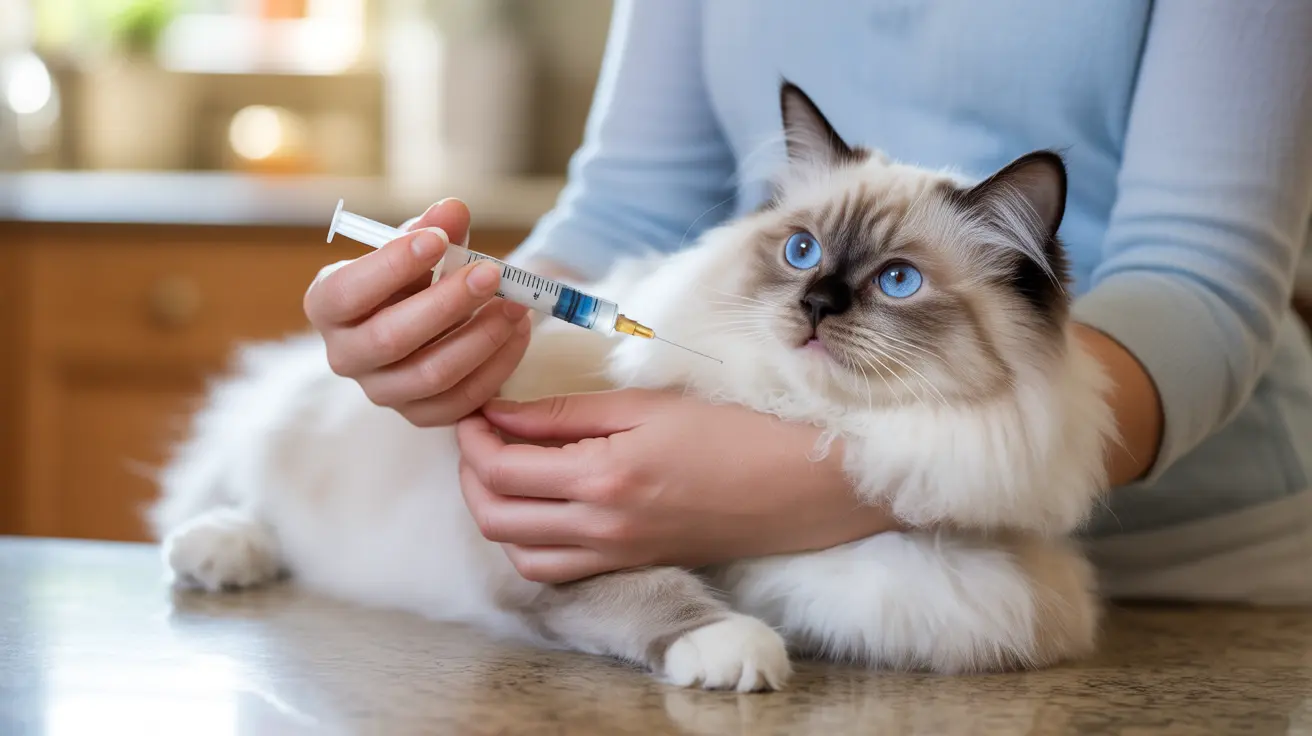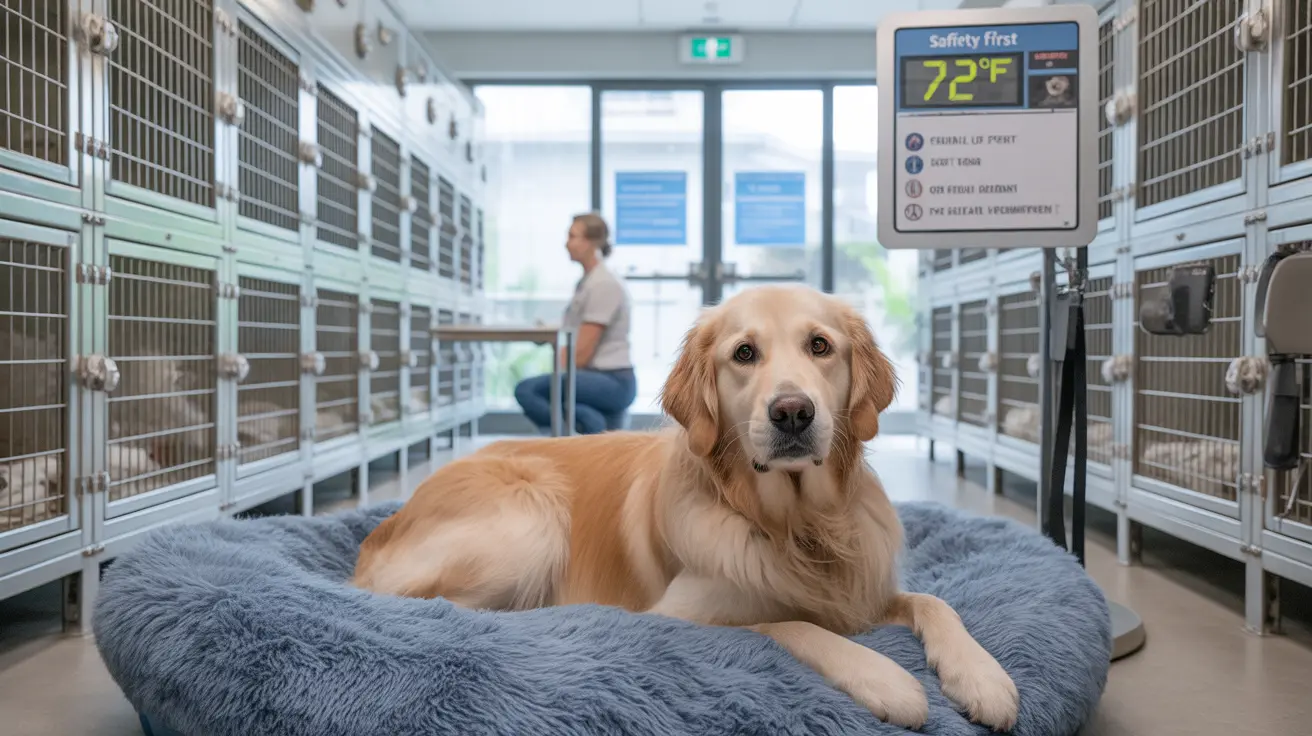How to Give Medicine to Cats: Expert Techniques for Stress-Free Medication Administration
Administering medication to cats can feel like an impossible task for even the most experienced pet owners. Unlike dogs, cats are naturally resistant to taking pills and liquid medications, often displaying impressive creativity in avoiding or spitting out their prescribed treatments. However, with the right techniques and a patient approach, giving medicine to cats can become a manageable part of your pet care routine.
Whether you're dealing with a short-term antibiotic course or managing a chronic condition requiring daily medication, mastering these veterinarian-approved methods will help ensure your feline companion receives their full dose while minimizing stress for both of you. Understanding how to give medicine to cats safely and effectively is an essential skill that can significantly impact your pet's health outcomes and your relationship with them.
Preparing for Successful Medication Administration
Before attempting to give your cat any medication, proper preparation is crucial for success. Create a calm, distraction-free environment by choosing a quiet room with good lighting and a secure surface. Have all medications ready and easily accessible, with tablets and capsules set out individually and liquid medications drawn into oral syringes beforehand.
Timing plays a critical role in medication administration. Never interrupt your cat during essential activities like eating, drinking, grooming, or using the litter box, as this will increase their stress and resistance. Instead, choose moments when your cat is relaxed but alert, and consider offering pills when your cat is hungry to increase their motivation to accept food-hidden medications.
Creating the Right Environment
Position your cat on a slippery surface like a smooth counter, which prevents them from gaining traction to escape. Alternatively, securely wrap your cat in a towel or blanket with only their head exposed, creating a "purrito" that safely restrains their legs and claws. This technique is particularly helpful when administering medication alone.
Remember that cats are highly sensitive to their owner's emotions, so maintaining a calm and confident demeanor throughout the process is essential. Your cat will reflect your stress levels, making a relaxed approach beneficial for both of you.
Hiding Medication in Food: The Easiest Approach
The simplest method for administering pills is hiding them in small amounts of appealing food. Wet cat food, tuna, or soft treats that can be molded around the pill work exceptionally well. Commercial pill pockets or a small amount of frozen butter can effectively mask the medication while providing lubrication for easier swallowing.
When using the food-hiding method, offer the medication in a small portion that your cat will definitely finish, rather than mixing it into their entire meal. This ensures they receive the complete dose and prevents partial consumption that could result in underdosing.
Monitoring for Success
Watch your cat carefully while they eat the medicated food and for several minutes afterward. Some cats become adept at eating around the pill and spitting it out once they've consumed the tasty coating. If you notice your cat chewing excessively or making unusual facial expressions, check for expelled medication.
If your cat consistently spits out pills or dietary restrictions prevent food hiding, you'll need to transition to direct administration methods.
Direct Pill Administration Techniques
When food-hiding fails, pilling your cat directly becomes necessary. This method requires confidence and proper technique but can be highly effective with practice.
Step-by-Step Pilling Process
Begin by lubricating the pill with a small amount of butter, gravy from canned food, or a soft treat to ease swallowing and reduce the bitter taste. Hold the pill securely between your thumb and index finger of your dominant hand.
Approach your cat from behind or above their head, gently grasping the top of their head with your non-dominant hand. Place your thumb on one side of the upper jaw and your fingers on the other, using the cheekbones as natural handles. Tilt your cat's head backward so their nose points upward, which should cause their jaw to drop open slightly.
Use your little and ring fingers on the pilling hand to open your cat's mouth further by gently pressing on the lower lip and front teeth. Quickly place the pill as far back on the tongue as possible – positioning it on the back third of the tongue stimulates the natural swallowing reflex.
Encouraging Swallowing
Once the pill is positioned, immediately close your cat's mouth and hold it gently closed while returning their head to a normal position. Gently rub your cat's nose or throat, or blow lightly on their nose to stimulate swallowing. A cat licking its nose typically indicates successful swallowing.
Follow the pill with approximately one teaspoon (5-6 ml) of water administered with a dropper or syringe to prevent the medication from lodging in the esophagus. You can also offer tuna juice or another tasty liquid if your cat is willing, but verify with your veterinarian or pharmacist that it's compatible with the specific medication.
Using Pill Dispensers for Safer Administration
Pet piller devices offer a safer alternative to placing your fingers directly in your cat's mouth. These tools help deliver pills to the back of the mouth while protecting you from potential bites and providing better control over pill placement.
When using a pilling device, load the pill at the tip according to the manufacturer's instructions. Hold the device with a grip that allows you to control the trigger without accidentally releasing the pill prematurely. Position your cat as you would for manual pilling, then insert the device tip into the mouth and push the plunger to deposit the pill far back on the tongue.
Administering Liquid Medications
Liquid medications require different techniques than pills to ensure proper administration without aspiration risk. Never tilt your cat's head backward when giving liquid medications, as this can cause the liquid to enter their airway.
Shake the medication bottle thoroughly before drawing the correct dosage into an oral syringe or medicine dropper. Wrap your cat in a towel with their head exposed for restraint, then gently press the sides of their mouth to prompt opening.
Proper Liquid Administration Technique
Insert the syringe or dropper between your cat's cheek and molars, creating a pocket for the medication. Dispense the liquid slowly in small amounts, pausing between each portion to allow for swallowing. The medication should be squirted into the pouch between the teeth and cheek, not directly down the throat.
After administering the full dose, gently close your cat's mouth and stroke their throat to encourage swallowing. Watch for signs that your cat has swallowed completely before releasing them.
Alternative Medication Forms and Compounding Options
If traditional pill and liquid administration proves consistently difficult, discuss alternative options with your veterinarian. Many medications can be compounded into flavored liquids or treats by specialized veterinary pharmacies, making them more palatable for finicky cats.
Some medications are available as transdermal gels that can be applied to the inside of your cat's ear and absorbed through the skin, eliminating the need for oral administration entirely. Your veterinarian can advise whether your cat's specific medication is available in these alternative forms.
Recognizing Signs of Stress and Providing Comfort
During medication administration, watch for signs of excessive stress in your cat, including heavy panting, excessive salivation, or attempts to hide after the procedure. Some salivation after medication is normal, but extreme distress signals may indicate the need for a gentler approach or alternative medication forms.
Always provide positive reinforcement immediately after successful medication administration. Offer a favorite treat, gentle brushing, petting, or playtime to create positive associations with the medication routine. This approach helps reduce anxiety for future doses and maintains your bond with your cat.
Troubleshooting Common Medication Challenges
If your cat consistently refuses food containing medication, try different food types or treats to find something irresistible. Some cats respond better to freeze-dried treats, while others prefer wet food varieties they don't typically receive.
For cats who repeatedly spit out pills despite proper technique, ensure you're placing the medication far enough back on the tongue. Pills positioned too far forward are easily expelled. Consider asking your veterinarian about pill splitters if large pills are particularly challenging, though always verify that the specific medication can be safely divided.
Managing Difficult Cases
When standard techniques fail consistently, don't hesitate to consult your veterinarian for personalized guidance. Some cats may benefit from anti-anxiety medications to reduce stress during treatment periods, while others might need specialized handling techniques based on their temperament and medical history.
Remember that patience and consistency are key to success. Some cats may require several attempts before accepting their medication routine, and that's completely normal.
Frequently Asked Questions
- How do I know if my cat actually swallowed the pill?
Watch for your cat licking their nose, which typically indicates swallowing. You can also gently blow on their nose or stroke their throat to stimulate swallowing. If you're unsure, follow up with a small amount of water or tuna juice to help ensure the pill goes down completely.
- Is it safe to crush pills and mix them with food?
Only crush pills if specifically approved by your veterinarian or pharmacist. Some medications must remain whole for proper absorption and effectiveness. Extended-release formulations can become dangerous if crushed, so always check before altering any medication.
- What should I do if my cat vomits after taking medication?
Contact your veterinarian if vomiting occurs within 30 minutes of medication administration, as your cat may not have absorbed the full dose. Don't automatically re-dose without professional guidance, as this could lead to overdose if some medication was absorbed.
- Can I give my cat human medications to make them more cooperative?
Never give human medications to cats without explicit veterinary approval. Many human drugs are toxic to cats. If your cat experiences severe stress during medication administration, discuss safe anti-anxiety options with your veterinarian.
- How long should I wait between attempting to give medication if my cat resists?
If your cat becomes extremely stressed, allow them 10-15 minutes to calm down before trying again. Persistent forcing can create negative associations and make future attempts more difficult.
- What if my cat bites or scratches during medication administration?
Use proper restraint techniques like towel wrapping, and consider pill dispensers to keep fingers away from teeth. If aggression continues, consult your veterinarian about alternative medication forms or professional administration techniques.
- Should medication be given with food or on an empty stomach?
Follow your veterinarian's specific instructions, as this varies by medication. Some drugs work better on an empty stomach, while others should be given with food to prevent stomach upset or improve absorption.
Conclusion
Successfully administering medication to cats requires patience, proper technique, and understanding of feline behavior. Whether hiding pills in food, using direct administration methods, or employing liquid medication techniques, the key is maintaining a calm, confident approach while prioritizing your cat's comfort and safety. Remember that every cat is unique, and finding the method that works best for your feline companion may require some experimentation.
With consistent practice and positive reinforcement, most cats can learn to tolerate medication administration with minimal stress. Always follow your veterinarian's instructions carefully, and don't hesitate to seek professional guidance when challenges arise. Your commitment to proper medication administration plays a crucial role in your cat's health and recovery, making these skills invaluable for responsible pet ownership.






